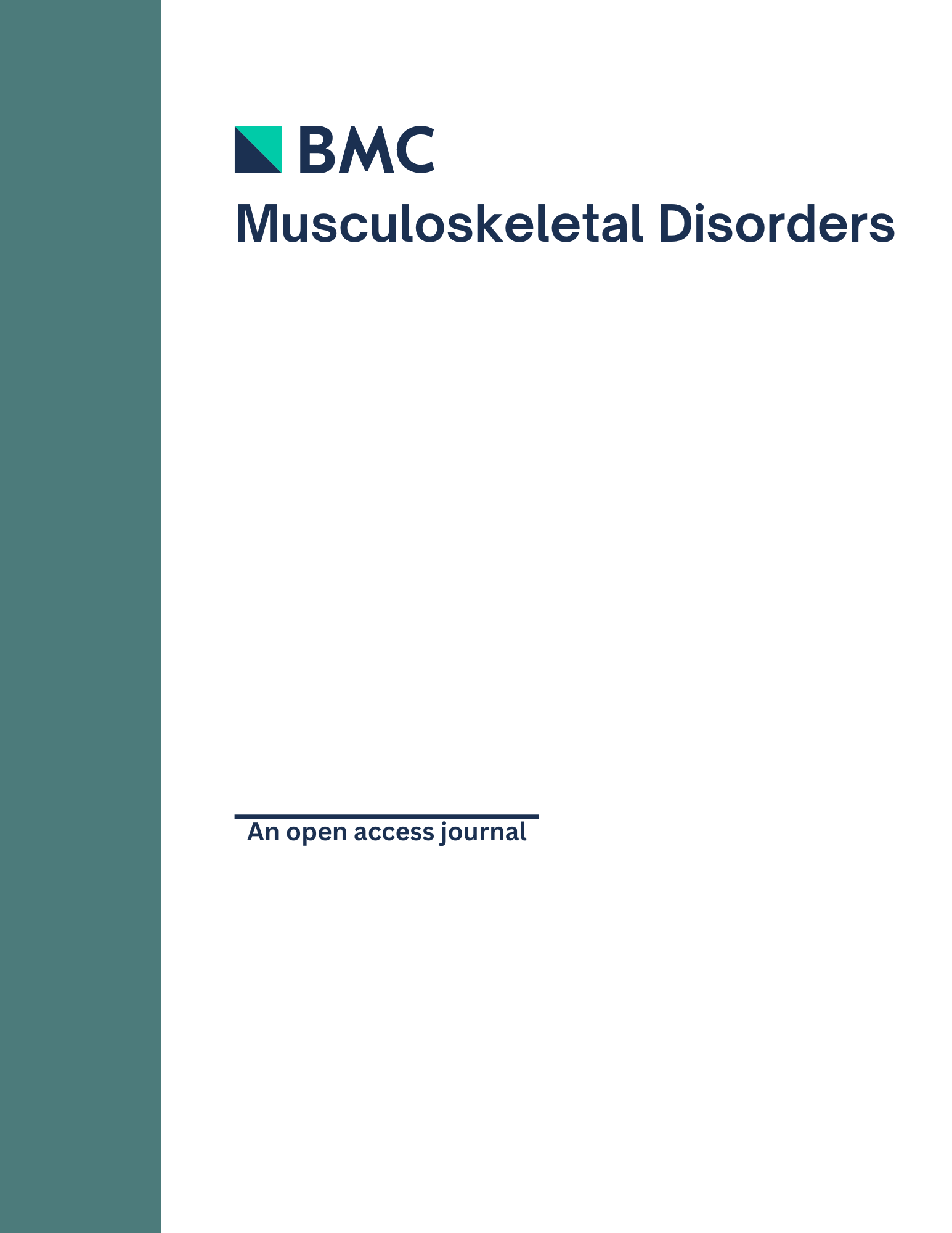
Comparison of injectable collagen medical device vs. hyaluronate for knee osteoarthritis

Comparison of injectable collagen medical device vs. hyaluronate for knee osteoarthritis
A double blind randomized active-controlled clinical trial on the intra-articular use of Md-Knee versus sodium hyaluronate in patients with knee osteoarthritis (
BMC Musculoskelet Disord. 2016 Feb 22;17(1):94Did you know you're eligible to earn 0.5 CME credits for reading this report? Click Here
Synopsis
64 patients with mild-moderate knee osteoarthritis were randomized to intra-articular injection of either sodium hyaluronate (SUPARTZ; Seikagaku) or a new collagen medical device (MD-Knee; Guna S.p.a). The purpose of this study was to compare the two groups based on function and knee pain over 6 month follow-up. Results demonstrated no significant differences in either knee function or pain scores at 3 or 6 months after enrollment. Additionally, there were no significant differences between groups in general health-related quality of life, or the rate of patients who required additional acetaminophen.
Was the allocation sequence adequately generated?
Was allocation adequately concealed?
Blinding Treatment Providers: Was knowledge of the allocated interventions adequately prevented?
Blinding Outcome Assessors: Was knowledge of the allocated interventions adequately prevented?
Blinding Patients: Was knowledge of the allocated interventions adequately prevented?
Was loss to follow-up (missing outcome data) infrequent?
Are reports of the study free of suggestion of selective outcome reporting?
Were outcomes objective, patient-important and assessed in a manner to limit bias (ie. duplicate assessors, Independent assessors)?
Was the sample size sufficiently large to assure a balance of prognosis and sufficiently large number of outcome events?
Was investigator expertise/experience with both treatment and control techniques likely the same (ie.were criteria for surgeon participation/expertise provided)?
Yes = 1
Uncertain = 0.5
Not Relevant = 0
No = 0
The Reporting Criteria Assessment evaluates the transparency with which authors report the methodological and trial characteristics of the trial within the publication. The assessment is divided into five categories which are presented below.
2/4
Randomization
3/4
Outcome Measurements
4/4
Inclusion / Exclusion
3/4
Therapy Description
3/4
Statistics
Detsky AS, Naylor CD, O'Rourke K, McGeer AJ, L'Abbé KA. J Clin Epidemiol. 1992;45:255-65
The Fragility Index is a tool that aids in the interpretation of significant findings, providing a measure of strength for a result. The Fragility Index represents the number of consecutive events that need to be added to a dichotomous outcome to make the finding no longer significant. A small number represents a weaker finding and a large number represents a stronger finding.
Why was this study needed now?
The topic of conservative management of knee osteoarthritis has been debated significantly in recent years. One of the most prominent treatment methods as of late is the intra-articular injection of sodium hyaluronate (HA). Another more recent intra-articular treatment that has been developed is the use of a collagen medical device (MD-Knee; Guna S.p.a), though its efficacy has yet to be tested in a randomized controlled trial.
What was the principal research question?
What are the effects of a collagen medical device (MD-Knee; Guna S.p.a) compared to intra-articular injection of sodium hyaluronate (SUPARTZ; Seikagaku) in patients with mild-moderate knee osteoarthritis, assessed over 6 month follow-up after enrollment?
What were the important findings?
- At 3 months (primary endpoint), there was no significant difference in mean Lequesne Knee Index between the MD-Knee group (8.59 +/- 4.71) and the SUPARTZ group (9.79 +/- 4.43) (p=0.330). There was also no significant difference between groups in improvement in mean LKI from baseline to 3 months (p=0.368).
- At 6 months, there was also no significant difference in mean LKI between the MD-Knee group (9.12 +/- 3.89) and the SUPARTZ group (9.28 +/- 4.28) (p=0.621).
- There were no significant differences between the MD-Knee group and SUPARTZ group at 6 months for either VAS pain (5.42 +/- 2.69 vs. 4.43 +/- 2.63, respectively; p=0.275) or SF-36 scores (88.37 +/- 28.83 vs. 92.07 +/- 23.37, respectively; p=0.462).
- Additional analgesic consumption (acetaminophen) occurred in 12/31 (38.7%) in the MD-Knee group and 13/29 (44.8%) in the SUPARTZ group.
- One patient in the MD-Knee discontinued treatment due to a moderate post-injection reaction.
What should I remember most?
In the treatment of mild-moderate knee osteoarthritis, there was no significant difference in knee function or pain over 6 month follow-up between intra-articular administration of a collagen medical device (MD-Knee; Guna S.p.a) or sodium hyaluronate (SUPARTZ; Seikagaku). Additional analgesics were still needed by approximately 40% of patients.
How will this affect the care of my patients?
The results of this study suggest that the newly developed collagen medical device may offer short-term results similar to sodium hyaluronate in knee osteoarthritis treatment. However, as there is still controversy regarding the clinical efficacy of hyaluronate products in knee osteoarthritis treatment, and there was no placebo group included in the current study, additional placebo-controlled trials are necessary to more adequately assess the clinical efficacy of the collagen medical device within this patient population.
Learn about our AI Driven
High Impact Search Feature
Our AI driven High Impact metric calculates the impact an article will have by considering both the publishing journal and the content of the article itself. Built using the latest advances in natural language processing, OE High Impact predicts an article’s future number of citations better than impact factor alone.
Continue



 LOGIN
LOGIN

Join the Conversation
Please Login or Join to leave comments.